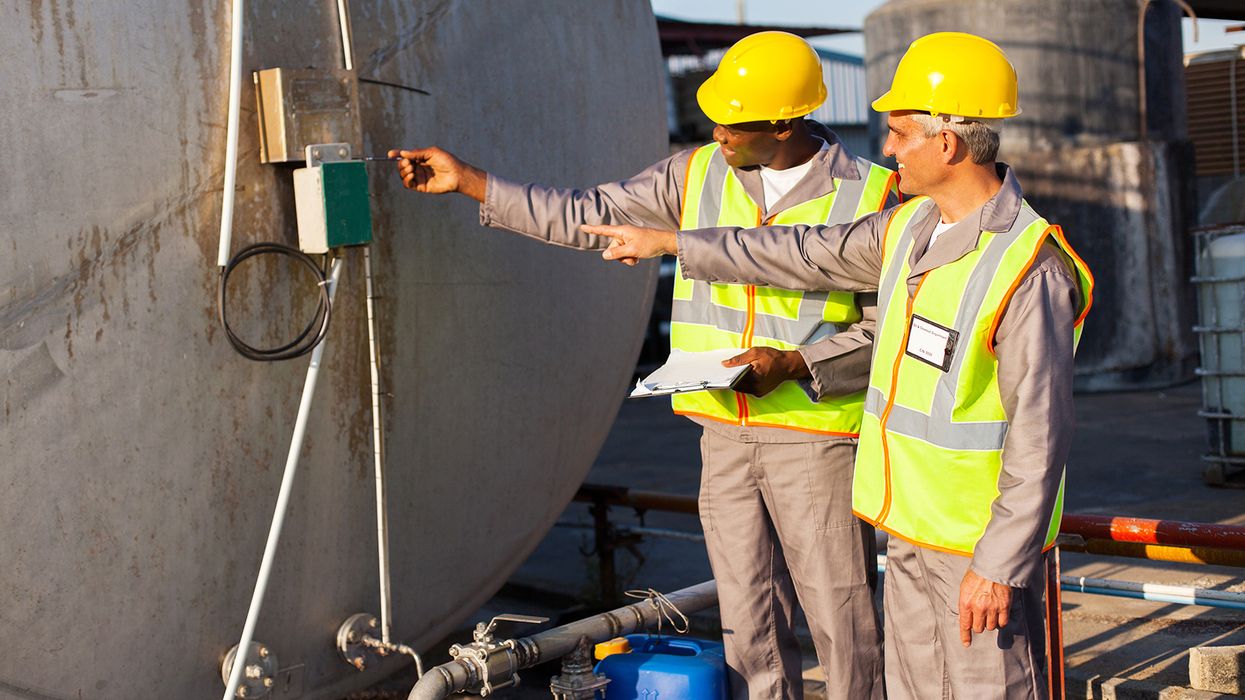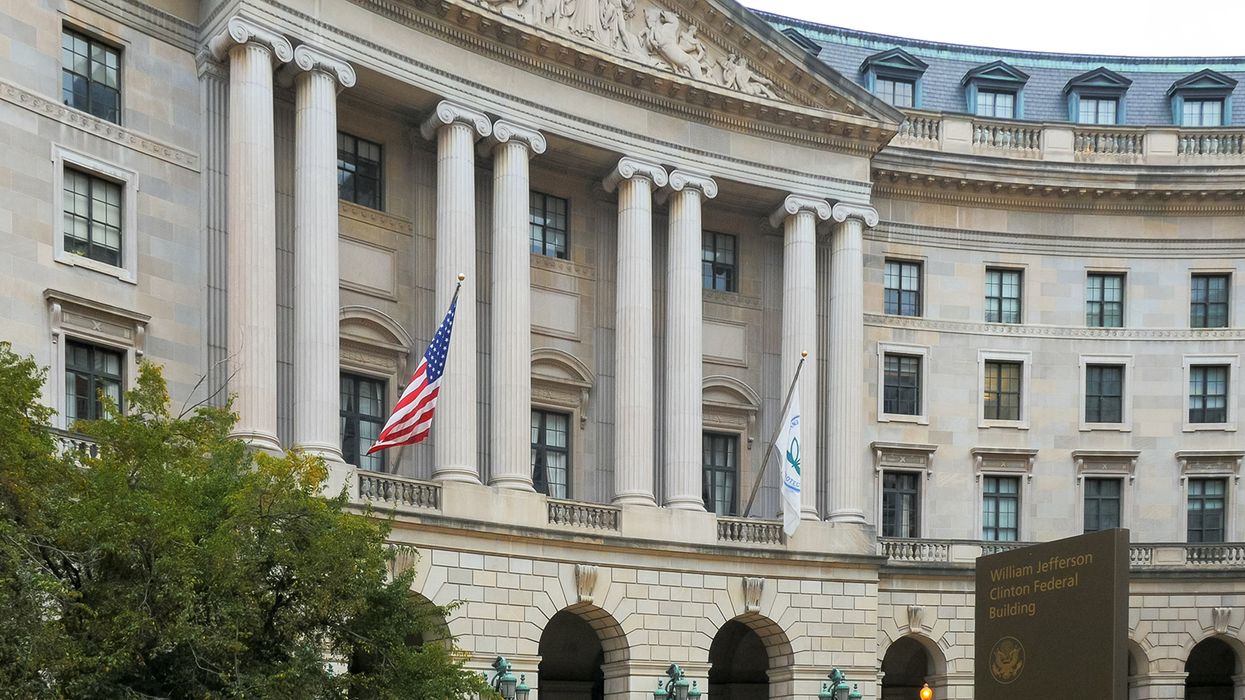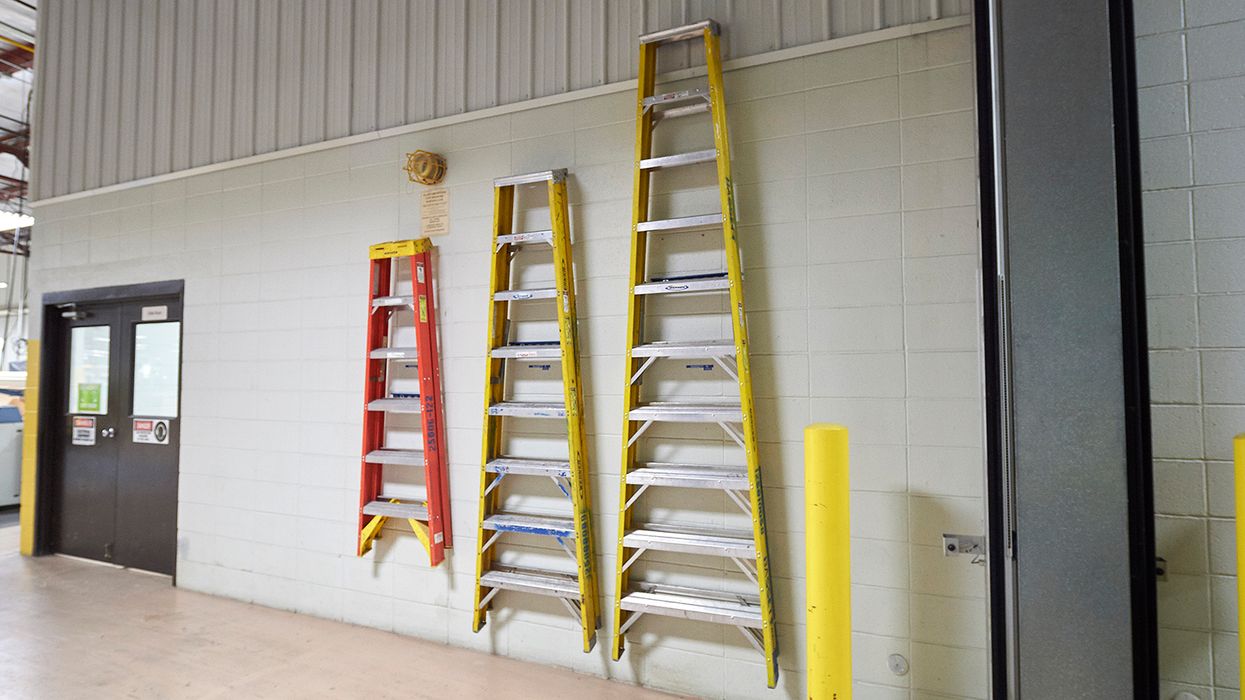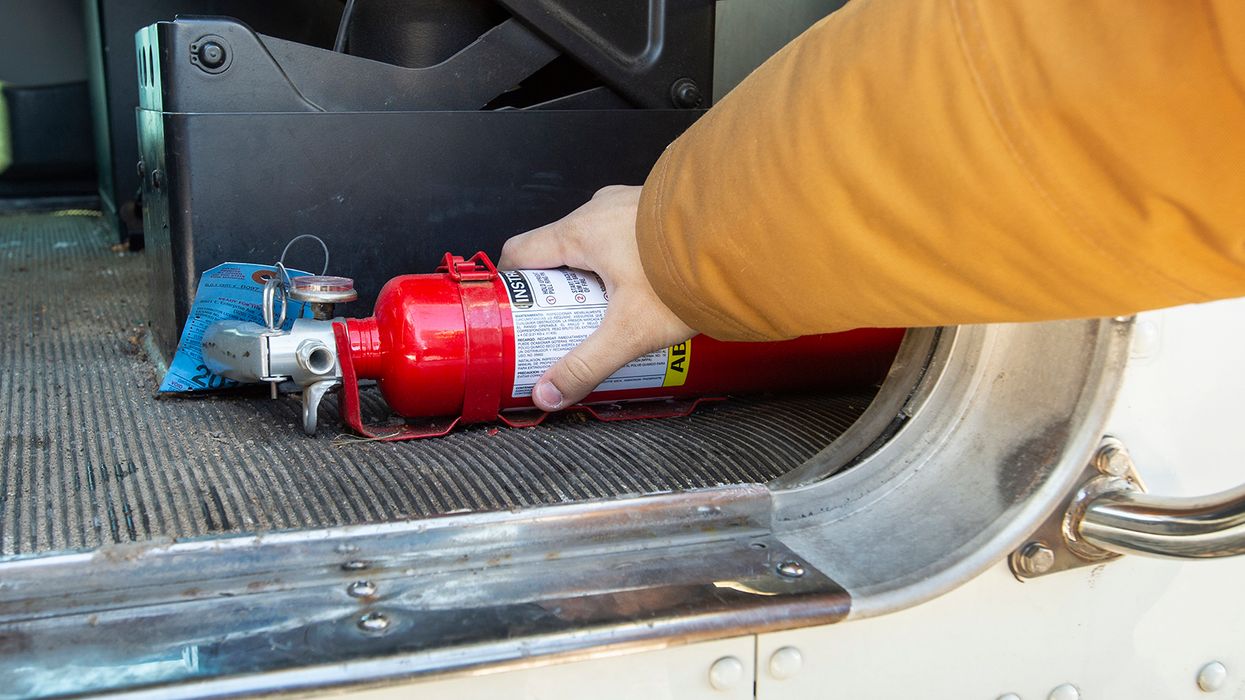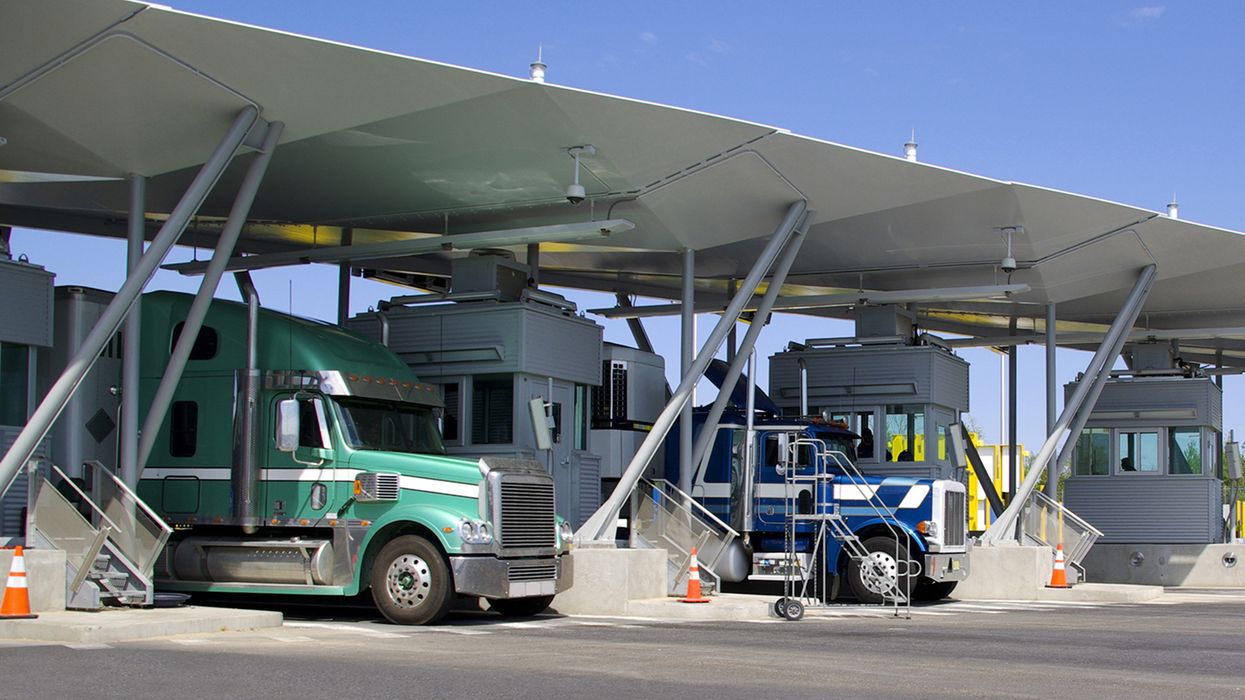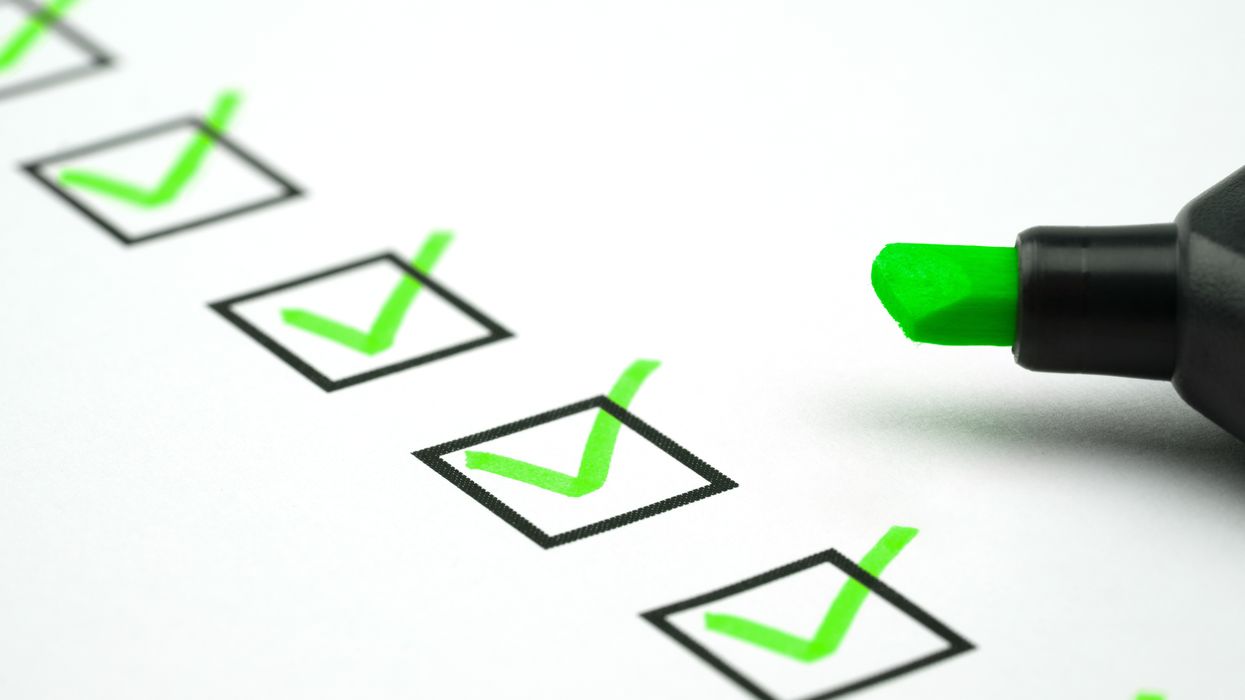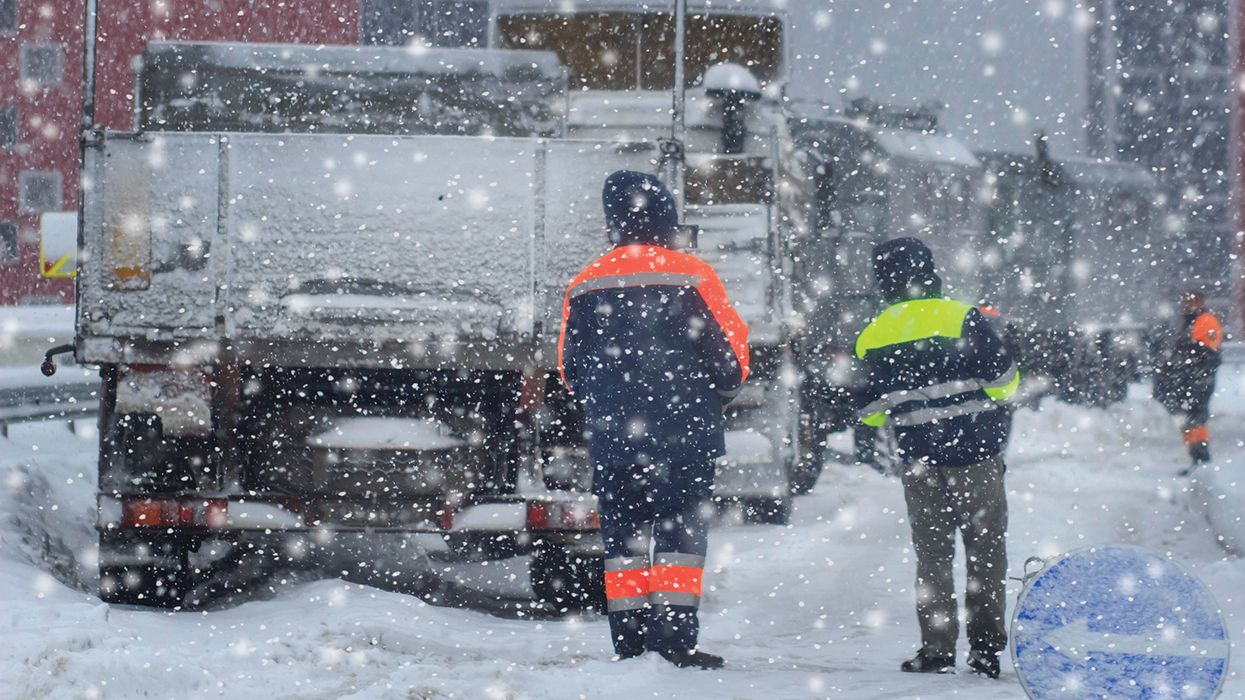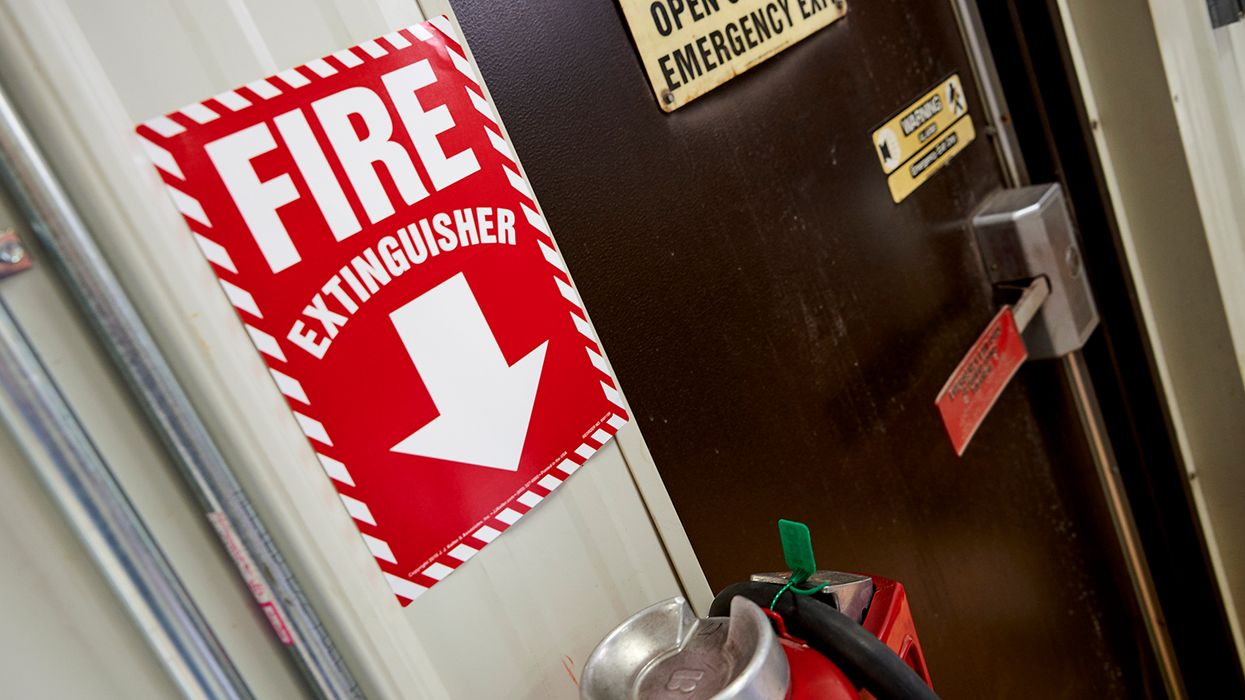Avoid these common Clearinghouse violations
A new kind of violation is rising to the top of those found during FMCSA audits: violations of the Drug & Alcohol Clearinghouse regulations.
Clearinghouse violations made up three of the top five violations auditors uncovered in fiscal year (FY) 2022, which ended on September 30. Totaling nearly 11,000 for the year, Clearinghouse violations made up about 14 percent of all violations found. The numbers are significant given that the Clearinghouse is less than three years old.
Significant fines are possible
The violations are not considered “acute” or “critical,” meaning they will not directly affect a motor carrier’s safety rating after an audit. However, they can lead to significant monetary penalties. Motor carriers can be fined more than $6,200 for each Clearinghouse violation.
The Clearinghouse — an online database of drivers who have violated the FMCSA’s drug or alcohol testing rules — has been in place since January 6, 2020. Motor carriers and their service providers are required to:
- Report their drivers’ drug and alcohol violations to the Clearinghouse; and
- Query the Clearinghouse before using a new driver and annually for all existing drivers.
The rules apply to drivers who are required to hold a commercial driver’s license (CDL) for the vehicle(s) they operate.
Top 5 Audit Violations of FY2022
1. Violation of local laws (392.2)
2. False logs
3. Failing to run a pre-employment Clearinghouse query
4. Failing to run an annual Clearinghouse query
5. Failing to register for the Clearinghouse
Avoid the top 10
The following actions will help you avoid the top 10 Clearinghouse violations found during audits and investigations in FY2022, as well as the potential penalties and risks that can result from using a driver who violated the drug or alcohol testing rules. These 10 violations make up nearly 99 percent of the 28 distinct Clearinghouse violations found in FY2022.
- Run pre-employment queries (382.701(a)). You are required to purchase a pre-employment query before using a new driver to operate a vehicle that requires a CDL. Doing so requires the driver to log in to their Clearinghouse account to grant consent for you to run the query.
- Run annual queries (382.701(b)(1)). You are required to run a full or limited query each year for each CDL driver you use, to determine if the driver is prohibited from driving. If you run a limited query and it indicates that the Clearinghouse has information about the driver, you must follow it up with a full query.
- Register for the Clearinghouse (382.711(b)). If you haven’t already, you and your service agents must register to use the Clearinghouse and must provide all information requested during the registration process.
- Get drivers’ consent (382.703(a)). You cannot query the Clearinghouse without getting the driver’s consent. For full queries, consent is granted electronically through the Clearinghouse itself. For limited queries, however, you must get written consent from the driver and must retain the consent document for three years from the date of the last query that it authorizes (one consent form may be good for multiple annual queries).
- Never use a prohibited driver (382.701(d)). If a query indicates that a driver is “prohibited” from driving, you may not use the driver to operate any kind of commercial motor vehicle (even those that do not require a CDL).
- Report negative return-to-duty tests (382.705(b)(1)(ii)). You must report any negative return-to-duty test result by the close of the third business day following the date on which you got the result.
- If you’re an owner/operator, designate a C/TPA (382.705(b)(6)). Owner/operators cannot report their own test results, so they must designate a consortium or third-party administrator (C/TPA) to do the reporting for them.
- Don’t let someone drive if they refuse to grant consent (382.703(c)). Any driver who refuses to let you query their Clearinghouse record cannot be used to perform a safety-sensitive function.
- Keep your registration current (382.711(b)(2)). When registering for the Clearinghouse, you must provide the name of the person(s) authorized to use the Clearinghouse and you must verify and update that information annually.
- Report “actual knowledge” of a violation (382.705(b)(4)). You must report any “actual knowledge” of a violation, as defined in 382.107, within three business days. This includes any observed alcohol or drug use, a traffic citation for DUI/DWI in a CDL-class vehicle, or a driver’s admission to illegal drug or alcohol use.
There are other possible violations besides these 10, so be sure to review and follow all Clearinghouse requirements as found in 49 CFR Part 382, Subpart G.
Key to remember: Violations of the Drug & Alcohol Clearinghouse are now among the most common violations found during DOT audits. Take steps to ensure you’re following the Clearinghouse rules before you’re audited.























